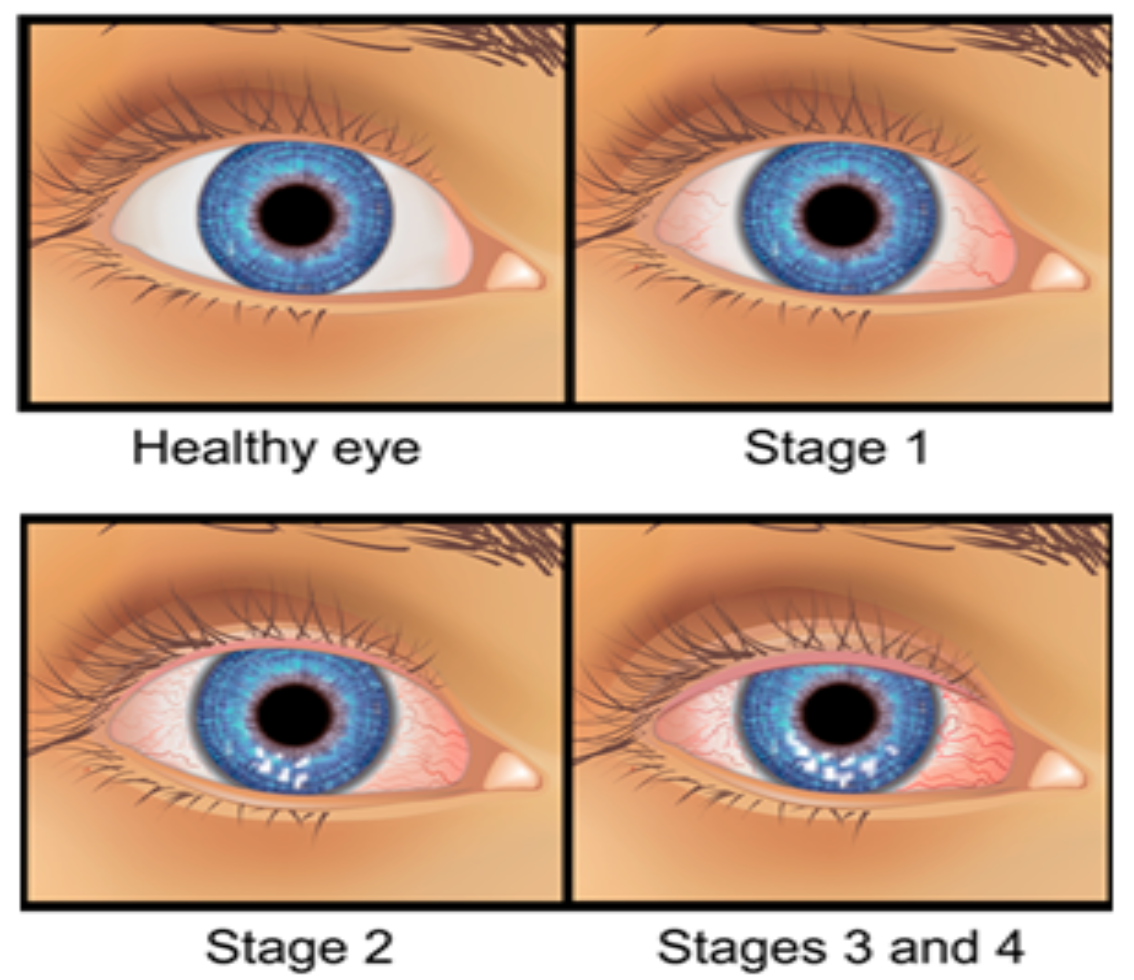建議您使用以下瀏覽器觀看本網站,
以獲得最佳瀏覽效果。
 TO-O-1003
TO-O-1003
Dry Eye Diseases
Dry eye disease (DED) is one of the most frequently encountered ocular morbidities, accounting for 10-20%% of the global population a . Particularly, it’s seen with increased prevalence in patients with autoimmune diseases, and of whom almost 80% are women. Tear evaporation and insufficient tear production are two recognized components in the DED etiology and pathogenesis. Conditions to provoke or worsen DED are: aging, dry Environment, hormonal Changes, contact Lens, blepharitis, LASIK, autoimmune diseases, alcohol use, pollution, computer use, drug side effect, or specific preservatives in topical medications, etc..
Use of artificial tears is common for symptom relief, however, the effectiveness would also depend on the underlying causes of the DED. Other pharmacological interventions may be introduced include drugs to treat eyelid or corneal inflammation, drugs for tear-stimulating.
TO-O-1003 eye drops is in early stage of pre-clinical study.
Ref:a.https://doi.org/10.1111/opo.12888

4 stages of dry eye disease: mild, temporary ocular discomfort; chronic and severe pain with visual function deterioration. Severe Stages 3 and 4 with bulbar redness, also some filaments and multiple corneal wounds occur. (Int. J. Mol. Sci. 2019, 20(15), 3755)









